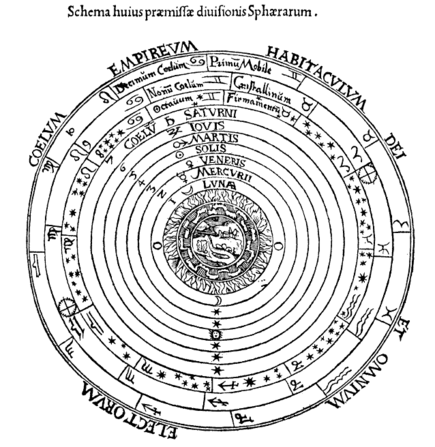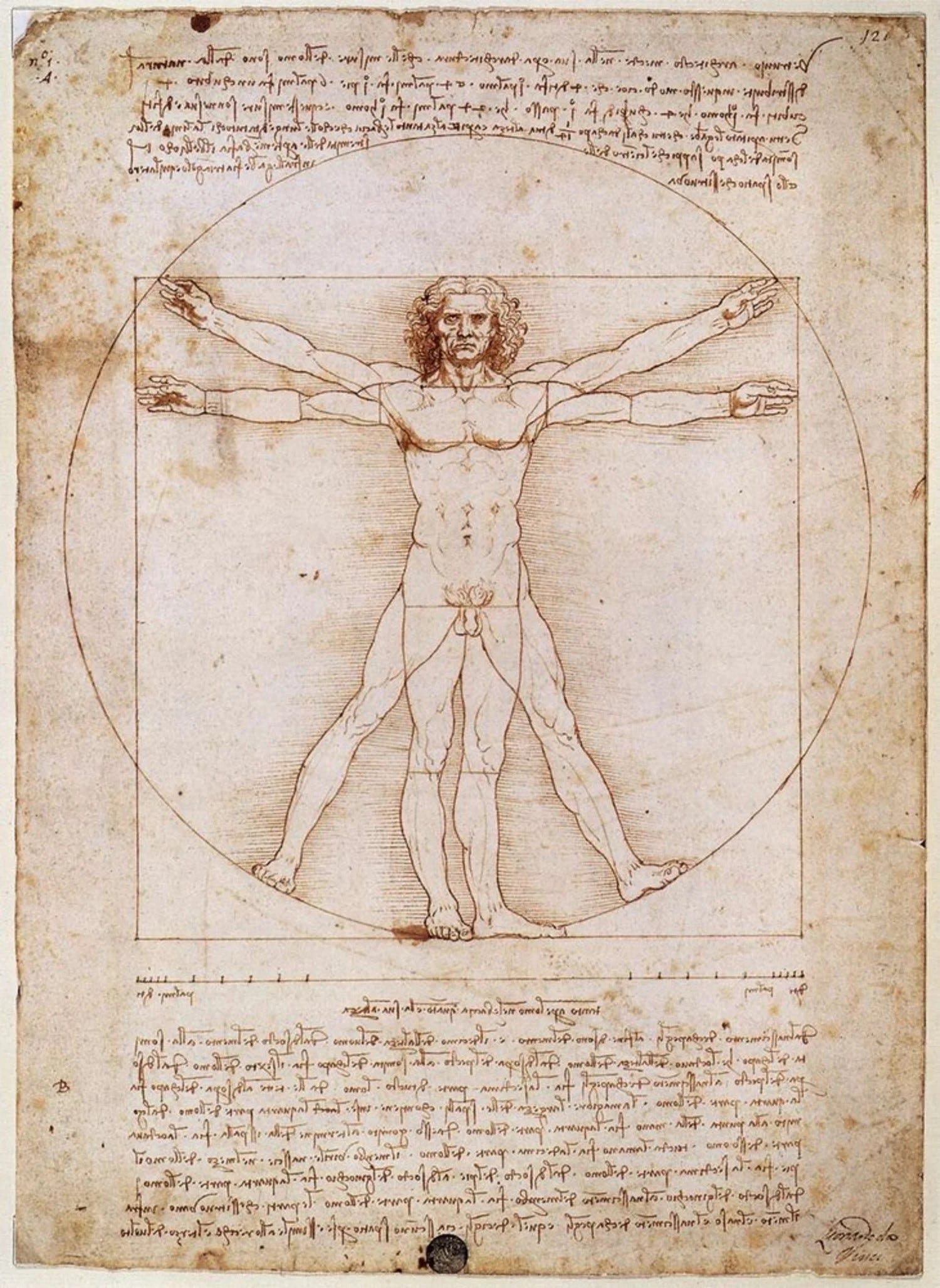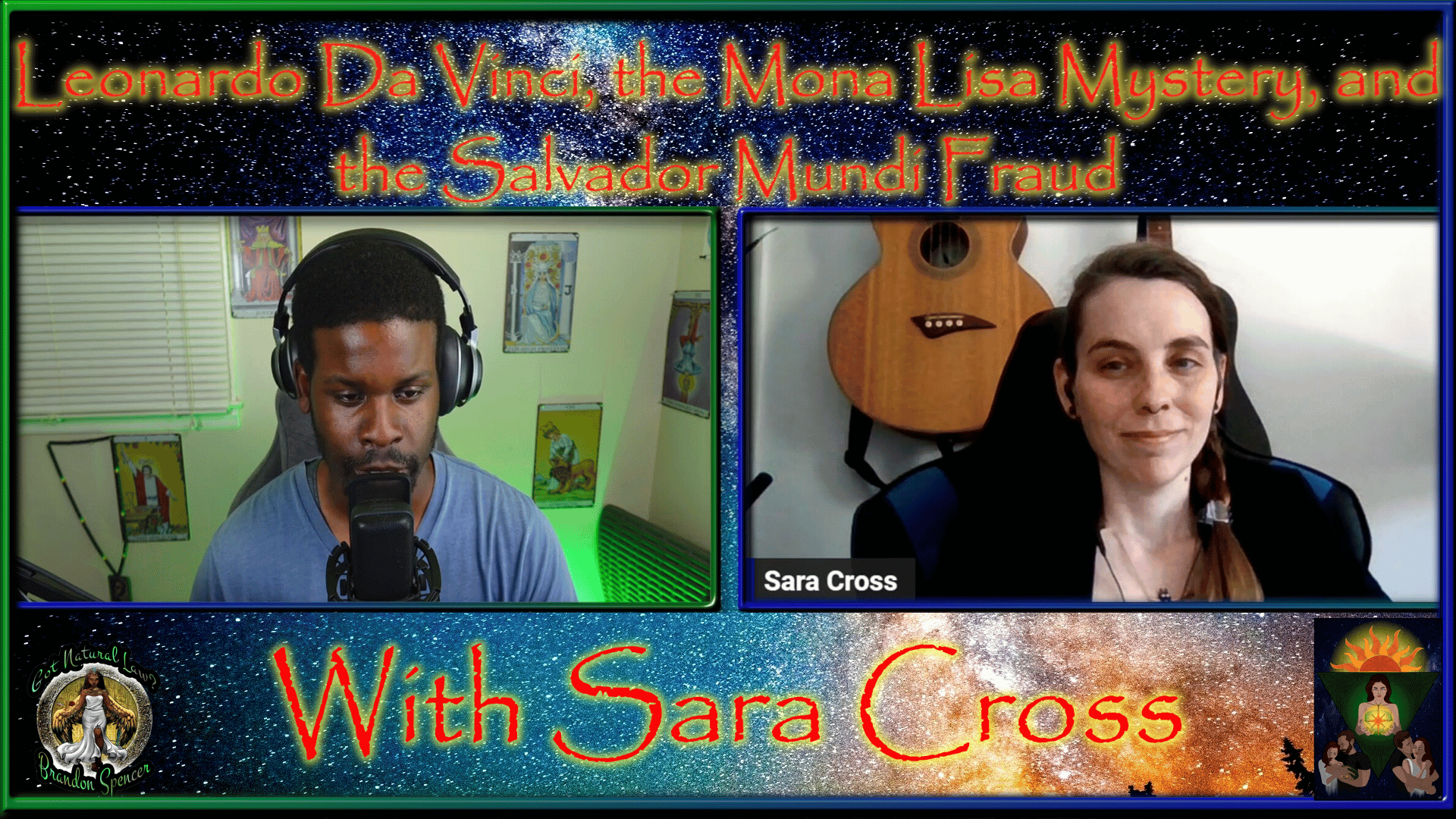
Join myself and Brandon Spencer where we talk about Leonardo da Vinci, the mystery of the Mona Lisa, the fraud of the Salvador Mundi and the corruption of the modern-day art industry.
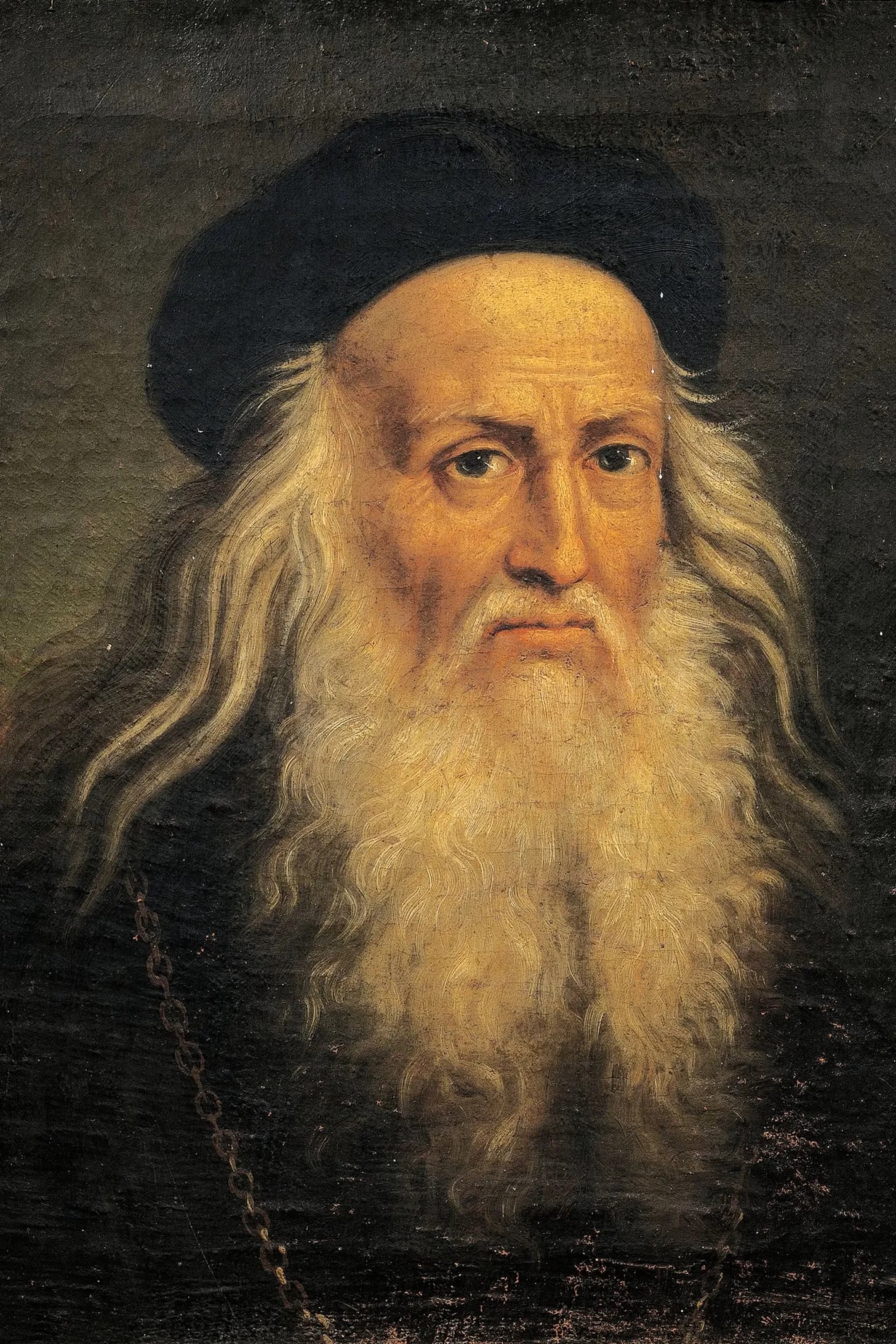
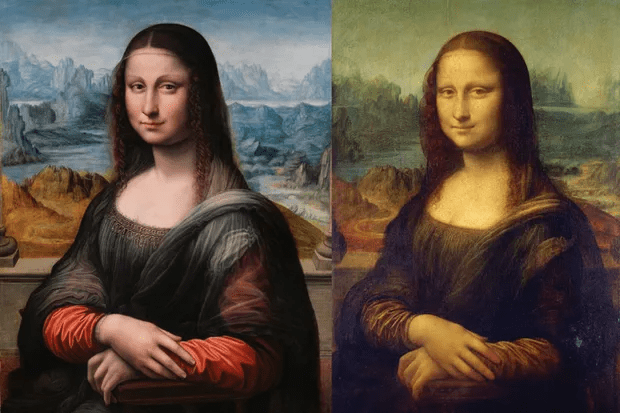 |
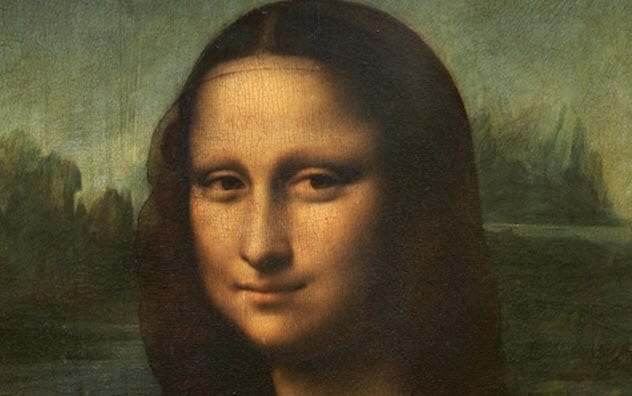 |
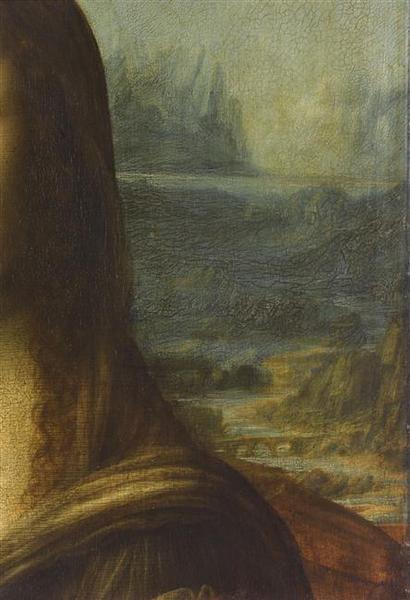 |
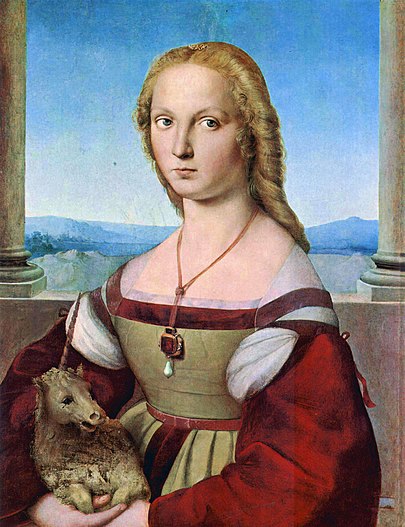 |
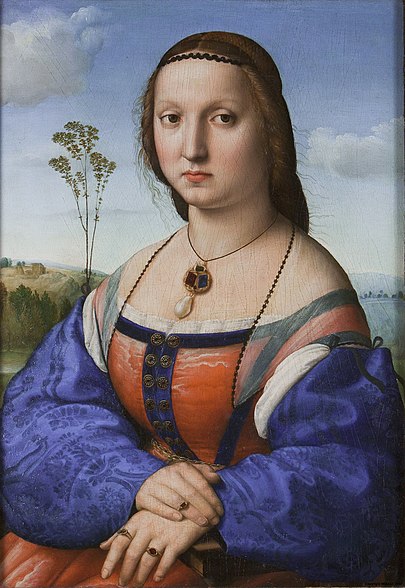 |
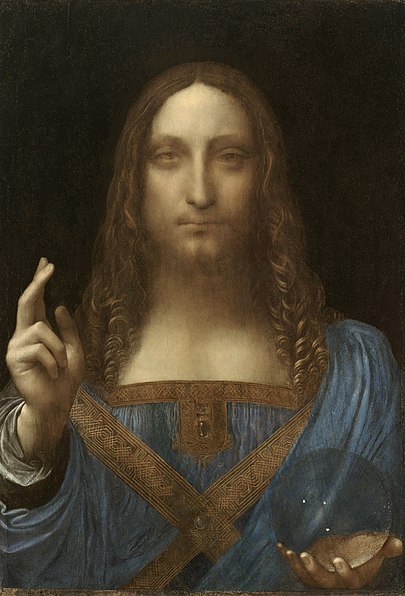 |
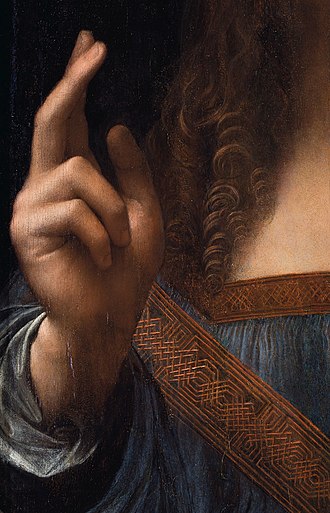 |
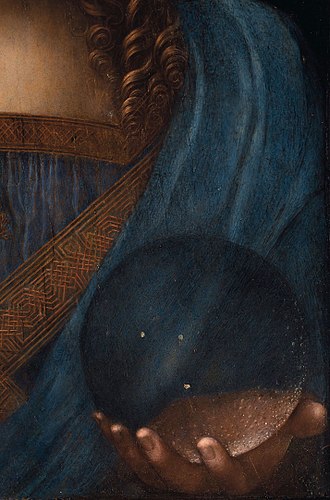 |
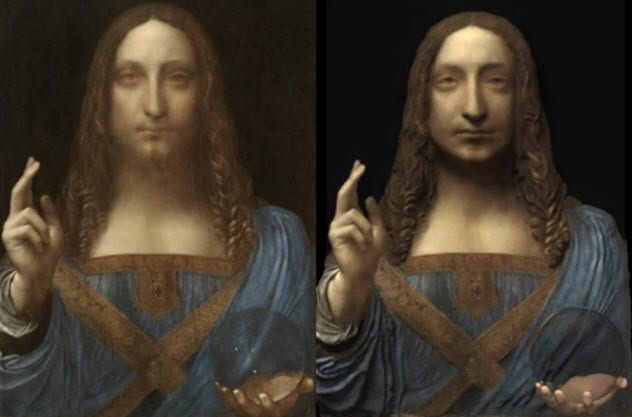 |
History of the Mona Lisa:
Leonardo (di ser Piero) da Vinci (April 15th, 1452 – May 2nd, 1519) was an Italian polymath of the Renaissance period who was active as a painter, draughtsman, engineer, scientist, theorist, sculptor, and architect. While his fame initially
rested on his achievements as a painter, he also became known for his notebooks, in which he made drawings and notes on a variety of subjects, including anatomy, astronomy, botany, cartography, painting, and paleontology.
He was born out of wedlock to a successful notary and a lower-class woman in, or near the town of Vinci (where he gets his name from). He was formally educated in Florence by the Italian painter and sculptor Andrea del Verrocchio.
Da Vinci is said to be one of the greatest painters in the history of art and is used as the prime example of the most excellent work ever created. Despite having many lost works and fewer than 25 attributed major works (including numerous unfinished works) he created some of the most influential paintings in Western art. What is seen as his magnum opus is the Mona Lisa and is regarded as the world's most famous painting. He also painted The Last Supper (the most reproduced religious painting) and created the Vitruvian Man drawing (a modern-day cultural icon).
Da Vinci was also an inventor and conceptualized flying machines, armored fighting vehicles, concentrated solar power, a ratio machine that could be used in an adding machine, and the double hull (a method for more of a watertight ship). Very few of his designs were constructed his lifetime as science was not as advanced as we have it today.
Some of his smaller inventions were able to be realized such as an automated bobbin winder and a machine for testing the tensile strength of wire used for many things including on sewing machines. He made substantial discoveries in anatomy, civil engineering, hydrodynamics, geology, optics, and tribology, but he did not publish his
findings.
It is agreed that da Vinci painted the Mona Lisa between 1503 - 1506 but it is speculated by some that he continued working on this painting up toward the end of his life (around the year 1517). Officially, the modern art experts say that the model for the Mona Lisa is the wife of a silk merchant, Lisa del Giocondo and had added elements to remind people of the Virgin Mary though there is controversy on this matter. It was a typical practice that painters would paint whatever was in the background or something of a real location as the scenery however in the Mona Lisa the background is a purely fictional background. This was an unusual thing to do and is said to be the first time anyone has done this.
There is also the theory that the Mona Lisa was commissioned by Giuliano de' Medici for his illegitimate son who he accepted as his heir and wanted to create an image of a woman (even a fictional representation) that displays a mother figure for the child to look back on.
Da Vinci was known for only painting people of high-ranking nobility and was not like him to paint someone who was of a middle-class status...or fictional for that matter. The only connection found between da Vinci and the merchant was that the merchant used da Vincis' father as a notary. Since he was a highly priced and sought after painter families such as the Medici family would have commission work from artists of his caliber.
During this time period Florence had an advanced tax system and citizens had to claim ALL financial dealings including the commission and payment for art as this was considered something that added to the wealth of the family. Art was
also included in wills and passed down from parent to child for many generations.
There is no written documentation of a commission requested from da Vinci or a paid for piece of work on point of sale by either the merchant, Medici or in da Vincis' family records. There is also nothing in any will from any of these families that the painting was included in da Vincis' family records. There is also nothing in any will from any of these families that the painting was included.
It is possible the merchant requested a commission and even that Medici requested a commission but then the request was never conceived. Da Vinci did not really do art as a way to make money (though this was like a side hustle for him). He used art as a way to study form and composition. It was a way for him to advance his understanding of the human form and the nature of humanity.
I think he used this (as art is intended to be used) as a way to observe, heal and spiritually advance. In the majority of his work you will be able to see examples of work he did what has many, many corrections through the process of creating each piece. This suggests a level of reconsideration on the stance and the "message" he was trying to display in the final composition of the works he did. This is also evidence of constantly learning a better technique and more natural forms. From this I think he was not so much the painter trying to make it as an artist but rather a man who was using the study of people to understand humanity and the experiences they had.
Da Vinci left most of his work unfinished. The official story is that this is because he was a distracted individual and could not complete most of his work due to laziness or a lack of disinterest in the subject. I think this is just because he would work on the piece till he got what he needed or wanted from the project and then would move on.
The Mona Lisa, however, has very few corrections in the work. The original charcoal design of the piece is of a woman who is quite lavish in appearance (the only evidence that the Mona Lisa may have been originally a commission of the merchant's wife) but the work itself ends up being the depiction of a woman dressed in black and a sheer head drape with no lavish apparel of any kind. And as mentioned before the background is entirely fictional. This suggests that the painting is a reflection of da Vinci memory and his connections with the spiritual. This painting was documented by observers who came across da Vinci in his travels as to be in da Vincis' possession even up to the end of this life.
I believe, and I think this is more practical, that the Mona Lisa is a depiction of da Vincis' mother and what he remembered about her before her death when he was a child. This would explain the black clothing and mournful atmosphere of the image. The background resembles elements of the spiritual realm such as the mountains that
represent the principles of the physical realm and the stream that signifies the stream of consciousness. The painting even has the stream passing through (not over which is more of a typical occurrence in real life the way nature forms) though the hills that are to signify the spiritual passing in the physical world. The woman in the painting is on the "spiritual" side of the border and the mountains are in the "physical" boundary. There are even (though barely noticeable now) two pillars that frame the sides of the painting that could be representing the pillars of Boaz and Jachin.
Connections to the Spiritual and Occult Knowledge:
You can see how this may be connected to a knowledge of deep esoteric occult teachings as we see in the more modern Rider Waite Tarot deck (created first in the year 1909) but the inspiration for the Tarot dates back as far as the year 1440s and 50s. You can find many depictions of the these teachings in the earliest decks such as the Visconti-Sforza Tarot and the Tarot of Marseilles so this could be an influencing factor on da Vinci during his life. There are also writings before the first decks were made in the form of poetry and other writing works that the decks were eventually inspired from.
Da Vinci was an avid researcher and seeker of truth. He would have been exposed to some of the greatest spiritual teachings in our history as his father saw him as his legitimate son and would have afforded him any manor of education he required or sought after. Because he chose to be an artist I believe that he must have been somewhat open to the spiritual realm of our reality, and this helped to shape the person he was.
My personal theory is that the Mona Lisa was had nothing to do with the merchant's wife and was instead a reflection of his personal spiritual journey through healing and spiritual advancement. Let me explain why by using the history known of the Mona Lisa, of the Tarot and of da Vincis' personal mysterious childhood.
I think the Mona Lisa was a failed commission request (twice over) and was turned into a piece that was used by da Vinci to express his spiritual understanding of reality and displaying the woman who taught him how to achieve this understanding (his mother) over the course of his lifetime.
The Vitruvian Man:
One of da Vincis' most famous drawings is the Vitruvian Man who was first described in the writings of an ancient Roman architect names Vitruvius. Vitruvius is attributed in writing about a mans' body fitting perfectly within a circle (that is meant to be the representation of divinity) and also will fit perfectly in a square (that is meant to be the
representation of Earth, or what might just be called the physical realm). This as a whole being a representation of man as the embodiment of the Universe, a microcosm within the macrocosm.
As da Vinci was a scholar in his own right this is the kind of teachings that would have inspired him in both the physical and spiritual realm.
Da Vincis' mindset:
Da Vinci is quoted in saying, "We do not lack devices for measuring these miserable days of ours. In which it should be our pleasure that they not be fritted away without leaving behind any memory of ourselves in the mind of men." and also is quoted in saying, "While I thought I was learning how to live, I was learning how to die." These two statements alone can tell you what kind of person da Vinci was. He was thoughtful, empathetic and had a deep understanding of esoteric knowledge.
He was also a vegetarian. This would have been odd in his time because meat was big part of meals. He was noted by others to buy cadged birds from the market and then release them into the wild. On this matter he was quoted in saying, "If you're as you've described yourself, the king of the animals why do you help other animals only so they may be able to give you their young in order to gratify your pallet?" He would study plants and animals alike had come to the conclusion that animals could feel pain, suffering and had a level of self-awareness.
The Art World, its' misuse and it's Corruption:
Art was the avenue of the natural creator and seeker of truth. In the ancient times it was not about fame or wealth, it was about a greater understanding of reality and the truth. It was about a spiritual journey. It was about the development of composition.
Today's version of the art world is completely different from this mindset. Art has
become about status, fame and wealth accumulation. It is about who you know and what you are willing to give or do in order to reach the top. Where the education of art used to be based on apprenticeship and even the evaluation of a potential student on whether they could be an artist at all (not all young people pursuing this path were accepted to study art), now we have modern day institutions that have turned the education of art into this system of indoctrination and control. Only the "official" stories behind the history of art are taught and accepted. We now have young artists who come out of art school who create uninspired garbage that has no connection to what art is used for and almost no young artists can give you too much history on any part of the subject. It has created an entire generation of emotionally dead, atheists-materialists.
The tool of art that is meant to be an expression on the Spirit itself, manifesting into the physical has been inverted into to this cold, mechanical industry that is destroying the whole point of it. Due to this, if this pattern continues, we will have a society that does not have any consideration for anything that has to do with creative expression or the spiritual connections that creates as it will be non-existent and those who pop up in the physical expression of reality who DO seek such an expression will be ostracized or worse, murdered for this outsider behavior.
The art world today has two sides that operate. There is the business of no-name artists selling modern art for many thousands up to millions of dollars which is being
Art Podcast Interview Part 1 Page 3There is the business of no-name artists selling modern art for many thousands up to millions of dollars which is being
used for money laundering purposes.
And you have the business of ancient art being bought, traded and sold for millions of dollars and being used as a way to keep the value of financial gain (such as the U.S. dollar) where this cannot be devalued by the fractional reserve system.
This system allows the wealth to remain intact without the impact of economic changes. So, to make sure that the value of works such as the Mona Lisa, the Salvator Mundi and other great works of art keep the value of millions of dollars from now till the end of time the lies about ancient artwork will be upheld by the powers that be.
Such as the Mona Lisa being a commission for a merchant's wife rather than an expression of da Vinci inner esoteric knowledge. Not only does it ruin the narrative of the accepted history (that has no real back up) but it also displays a message of truth and elite that control our world currently cannot have us understanding anything close to that on a large scale. So, the lies are protected at all costs. If the truth was accepted by the art world ancient art would not hold the financial value it holds today, unless valued for it's true historical value by those who value such things.
Another example of this corruption is the Salvator Mundi. This painting is attributed to da Vinci, but the evidence does not fully support that this is a da Vinci original. In fact, there is evidence that this painting was most likely the work of a student of da Vinci (where the teacher was teaching through correction methods). There are too many inconsistencies with not just da Vincis' style but also of his skill level. It is the work of an amateur being instructed by a master.
In 2017, the Salvator Mundi, was sold at public auction for US$450.3 million based off the "official" story that this is a genuine signature da Vinci.
Please be sure to go over and visit Brandon Spencer and all the work his does.
You can find him here at his TapLink:
Brandonspencer at Taplink


